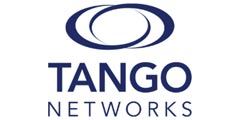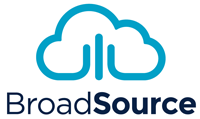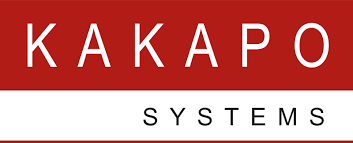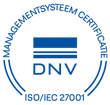The Zero Client and the Thin Client have several similarities, but there are important distinguishing characteristics too. Here’s help understanding the difference.
When it comes to considering the differences between Zero Clients and Thin Clients, the “you say to-mah-toe, I say to-mae-toh” song emphasizing small differences might come to mind. After all, the two clients also have many similarities. Yet, there remain several important distinguishing characteristics. This blog compares and contrasts the essentials.
We’re Not So Different After All
The demand for workforce mobility and the ability to collaborate remotely has prompted a massive migration to the cloud. Yet organizations still want to offer quality user experiences while ensuring the security of data, network, and systems. This led to the move to Thin and Zero Clients, lightweight computers replacing desktop hardware.
So, let’s start on a conciliatory note, focusing on the ways the Zero Client and Thin Client are alike. Main similarities include:
- Virtual desktop infrastructure (VDI), workspaces, and computing power residing on networked servers
- Consistent, standardized computing experience on any desktop, laptop, tablet or other mobile device as long as the user has network access
- Enhanced security with vulnerability to virus/malware lessened
- Reduced power usage.
Then Again, Maybe We Are
The Thin Client is built as a remote computer terminal. They have no hard drive and fewer moving parts than traditional PCs or re-purposed PCs. Yet the Zero Client has no local operating systems, no hard drive, and no moving parts. Instead, dedicated hardware decodes and digitally processes for PCoIP, HDX or RemoteFX VDI protocols. This leads to greater efficiencies than at Thin Clients. Zero Clients boot up more quickly, which can increase end-user productivity.
Thin and Zero Clients also have different connection types. Whereas the Thin Client will contain multiple VDI connection types, managed with a central utility, the Zero Client runs with one or two connection types (VMware or Citrix typically) which can be centrally managed (although this isn’t necessary). So, this can mean greater flexibility on the Thin Client side, but Zero Clients can enjoy a more robust graphics and video experience with a specific protocol.
While Thin Clients can boast small and less frequent software updates than clients with memory, storage, and computer power run on desktop personal computers, they still require updates more often and on a larger scale than Zero Clients. Configuration is short and relatively simple for the Zero Client, and software updates and maintenance requirements are minimal.
Designing the Thin Client to meet the individual end-user’s needs only requires the IT manager or host to install the proper applications. Thus, the Thin Client offers a well-rounded desktop experience with browsers, email clients, office/PDF viewers and connectivity to legacy client-server applications. On the other hand, the Zero Clients only have access to applications available to them from the data center server.
Zero Client devices are more secure. After all, there is no operating system to infect, and there is no data stored on the individual client. Also, the end users can’t pose the same threat with a Zero client as they are unable to install unauthorized or potentially infected software, can’t accidentally delete system files, or copy sensitive data to flash drives. By dramatically reducing the risk of virus or malware attack, the Zero Client can also decrease overall downtime.
Finding the Best Solution
Choosing between Thin and Zero Clients doesn’t have to be difficult. Contact an Evolve IP expert to discuss your business needs. We can assess your business goals and recommend the best devices to fit your organization’s objectives.



















